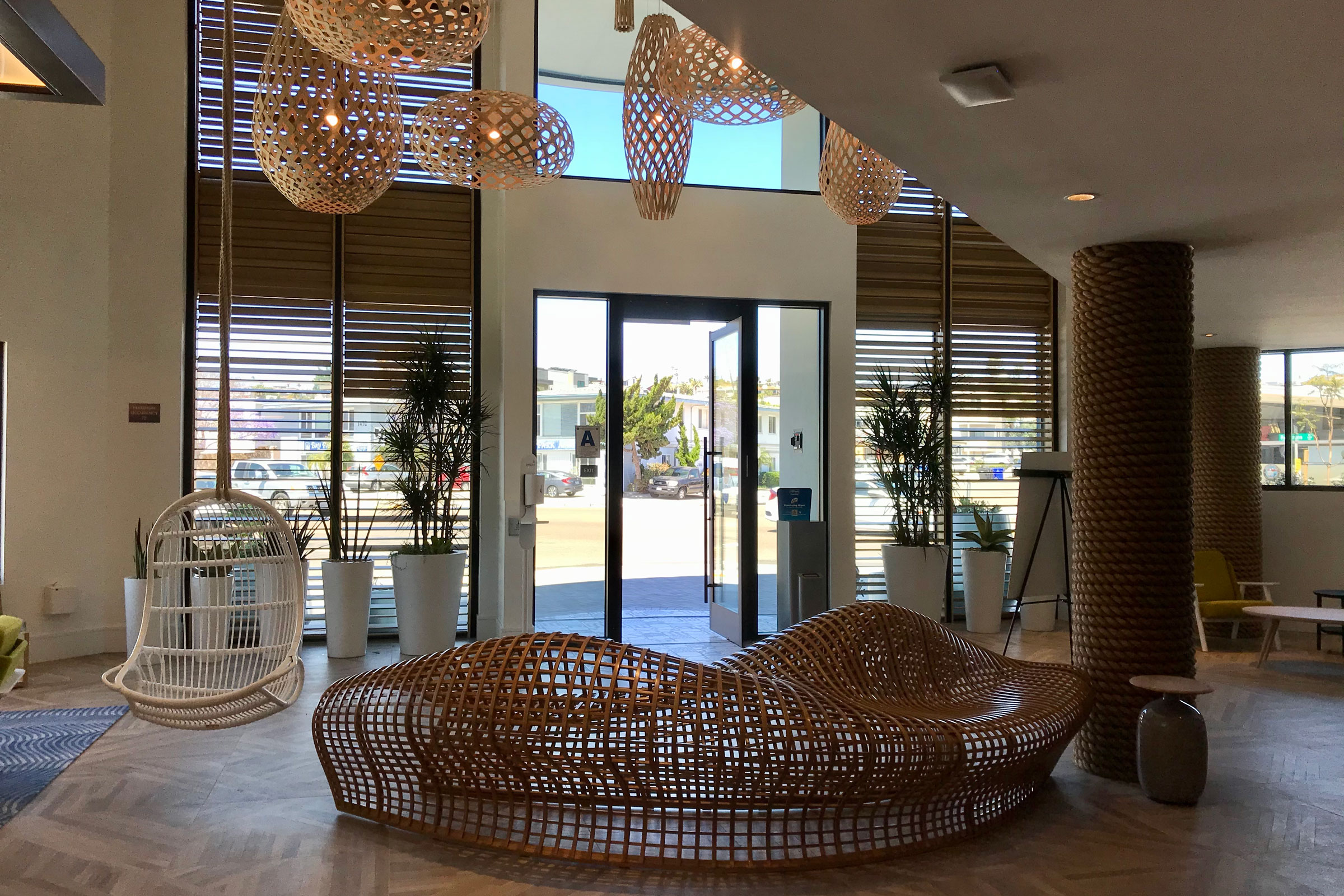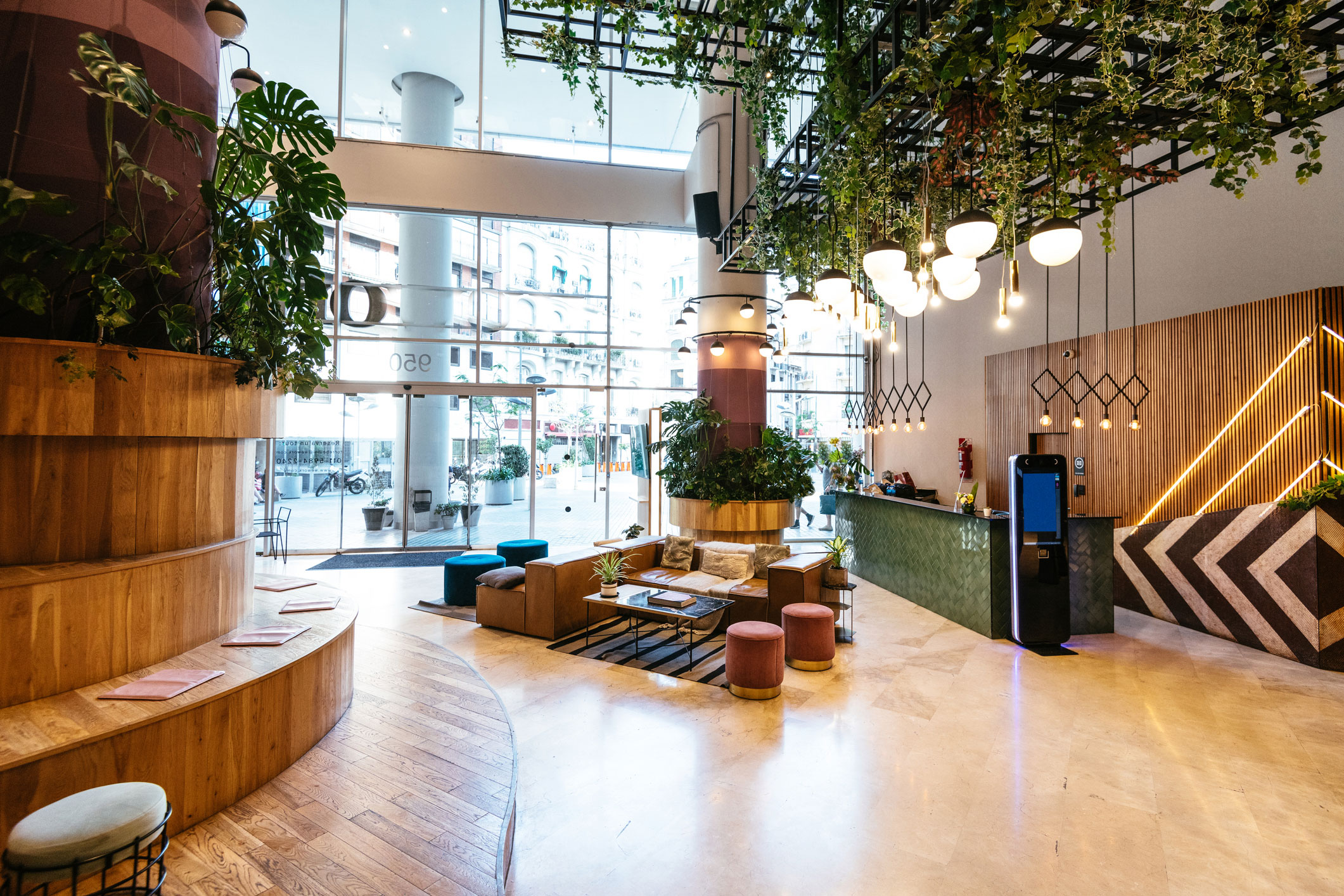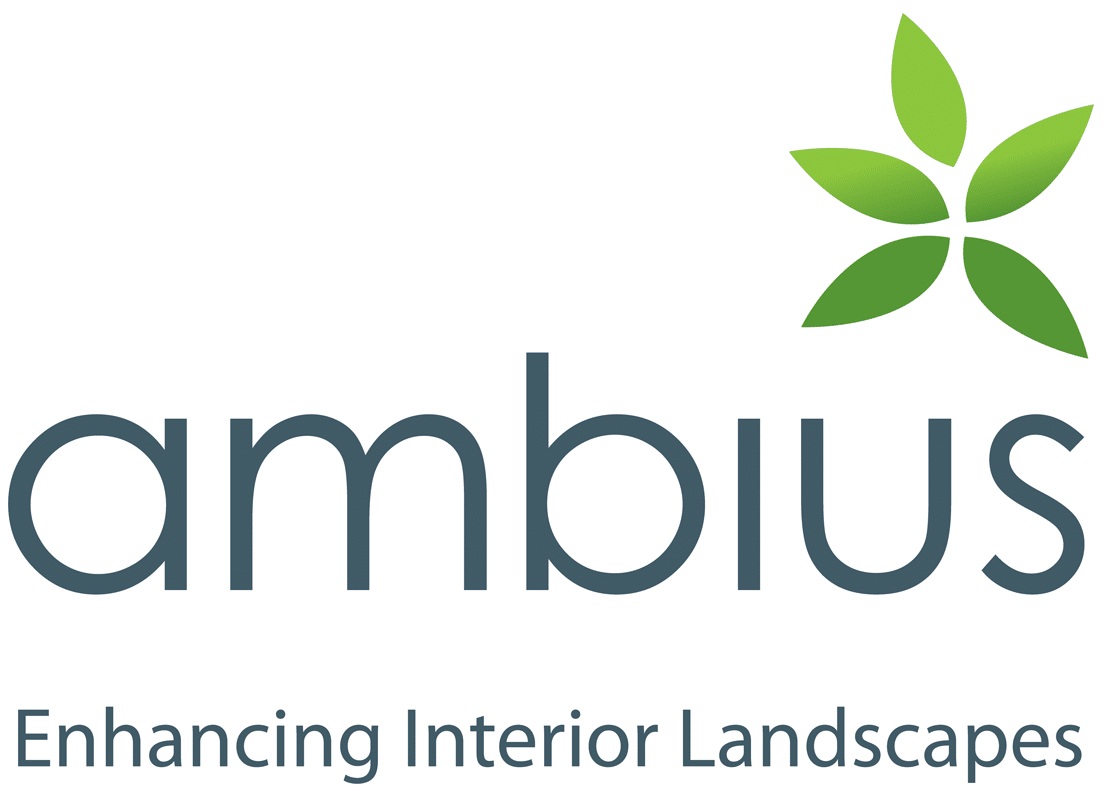Story at a glance:
- More people have new perceptions and expectations of public spaces.
- A recent survey showed 93% of Americans want companies to invest more in healthy indoor environments.
- Respondents reported wanting improvements in air quality, hygiene, and natural design elements.
The “great resignation” is a modern term crafted to define the nearly 60 million Americans who have voluntarily left their jobs since the start of 2021. This ongoing trend, which Harvard Business researchers believe started nearly 10 years ago, erupted as a result of the Covid pandemic. With a new awareness of how indoor environments can impact one’s health and safety, the great resignation serves as a sign of what will continue to happen if business owners do not make the necessary improvements needed to meet heightened expectations.
While the great resignation focuses on the workforce, consumers are looking at all indoor spaces in which they live, work, learn, and play with a new lens. These new perceptions and expectations of public spaces are reflected in the latest Ambius survey of 3,000 North American adults. According to the survey, 93% of Americans want companies to invest more in healthy indoor environments.
Improvements in air quality, hygiene, and natural design elements are among three key areas people reported wanting to see greater investment from businesses. These new expectations will be a driving force behind the future of design for indoor spaces. As businesses work to create smarter, healthier spaces moving forward, design experts can use these three tips to help guide decisions on where to focus attention and best invest resources.

Photo courtesy of Ambius
1. Incorporate a tailored approach to improve indoor air quality.
According to the Ambius survey, 74% of Americans feel anxious when entering public spaces with poor indoor air quality. Armed with new knowledge of how viruses, pathogens, and contaminants can be airborne and the direct health impacts of poor air quality exposure, employees and consumers are hesitant to return to indoor spaces without improved indoor air quality enhancements.
People want to feel safe, protected, and comfortable when out shopping, dining, and completing everyday activities. As with other interior design enhancements, there is no one universal technique for improving indoor air quality. Design experts and business owners will need to consider the building size, location, capacity, and other factors when determining the most effective approach for improving the building’s indoor air quality.
HVAC units can serve as the first line of defense for fresh air, but these units are not equipped with the technology needed to attack and decontaminate harmful airborne particles. Air decontamination units like Ambius’ VIRUSKILLER™ help to additionally clean the air as it passes through the room, working as a supplement to the HVAC system.
These units come in a variety of sizes, from personal units to larger wall and tower units—offering a sleek, dynamic design perfect for most spaces. Specialized air purification units are designed to physically pull contaminated air particles away from the breathing zone, pushing the particles through a triple-filter process to deactivate contaminants and release clean, purified air back into the breathing zone. Air decontamination units equipped with real-time monitoring displays can also help track the current state of the indoor air and will provide visual reassurance for anyone concerned about the indoor air quality.
Business owners and designers can work with air hygiene experts to evaluate the building’s natural airflow, identify potential high traffic areas, calculate the building’s unique air change per hour rate and any other factors that make up the building’s unique air quality equation in order to maximize air filtration efficiency.

Monsaraz Hotel in San Diego incorporated mobile hand hygiene units and potted plants into its renovated lobby. Photo courtesy of Ambius
2. Improve hand hygiene.
Hand hygiene is another critical component of health and well-being. It is common knowledge that handwashing is one of the most effective tools in preventing Covid and other diseases, making improved hand hygiene standards essential for all indoor environments.
The Ambius study revealed that 37% of Americans would consider moving jobs if the company had poor hygiene and cleaning practices. A quick and easy way to ensure proper hygiene practices is to promote hand hygiene through the use of mobile hand hygiene units.
Place mobile hand hygiene units in high traffic areas like entrances and exits, near common areas, in breakrooms, and close to any transition points like elevators and stairs. Design experts can use the Ambius hand hygiene calculator to help identify how many mobile units are recommended for a particular space.
As people pass by these units it will serve as a visual cue that “right now” is a great time to sanitize. Employees and consumers will likely feel safer and will appreciate businesses taking the extra step toward investing in their overall health.

BOS Holdings reimagined its Illinois headquarters to promote health and well-being through biophilic design. Photo courtesy of Workplace Digital
3. Increase well-being through biophilic design.
People may be spending less time in their workspaces due to remote working options, but finding time to spend outdoors is still a challenge. Nearly one-quarter of Ambius survey respondents reported spending less than 15 minutes of time outside each day, which can have a significant negative impact on mental health.
Business operators may find it surprising that more survey respondents (51%), consider access to natural light and outdoor views more important than flexible or hybrid working environments (41%) for future working spaces. These results support the increasing amount of research that shows time spent in nature has a range of positive benefits for individuals, including lowering stress levels, decreasing anxiety, improving attention and productivity, promoting cognitive development and sharpness, and increasing overall happiness.
The American Psychological Association reports that even exposure to nature by looking out a window, watching a video, or hearing nature sounds can lead to improvements in attention, positive emotions, and the ability to reflect on a life problem.
Business owners and designers can use potted plants, living green walls, and green mobile partitions as three simple ways to incorporate green and natural elements into indoor spaces. Typically plants that do not require a lot of sunlight, grow slowly, have broad green leaves, and can survive in very low light conditions serve best as indoor plants. The Ultimate Guide to Indoor Plants is a great resource for designers tasked with identifying the best plants to incorporate into an indoor space.
Designing spaces with improved indoor air quality, hand hygiene, and biophilic design enhancements should be a significant priority in 2022 and beyond. There is a lot to be learned from the great resignation. As droves of employable adults continue to voluntarily leave their job due to unmet needs, businesses will be expected to step up to the plate and make the necessary updates needed to make employees and customers feel safe.
The return on investment will not only be seen in improved customer and employee retention rates, but there are also competitive advantages to improving health and wellness measures. More than 70% of Ambius survey respondents said they would happily or strongly consider paying a higher price for products or services in an environment with better air quality and health and safety measures.
Business owners and designers can use these interior design enhancements to drive growth, improve brand loyalty, and show customers and employees that their health and well-being are top priority.


